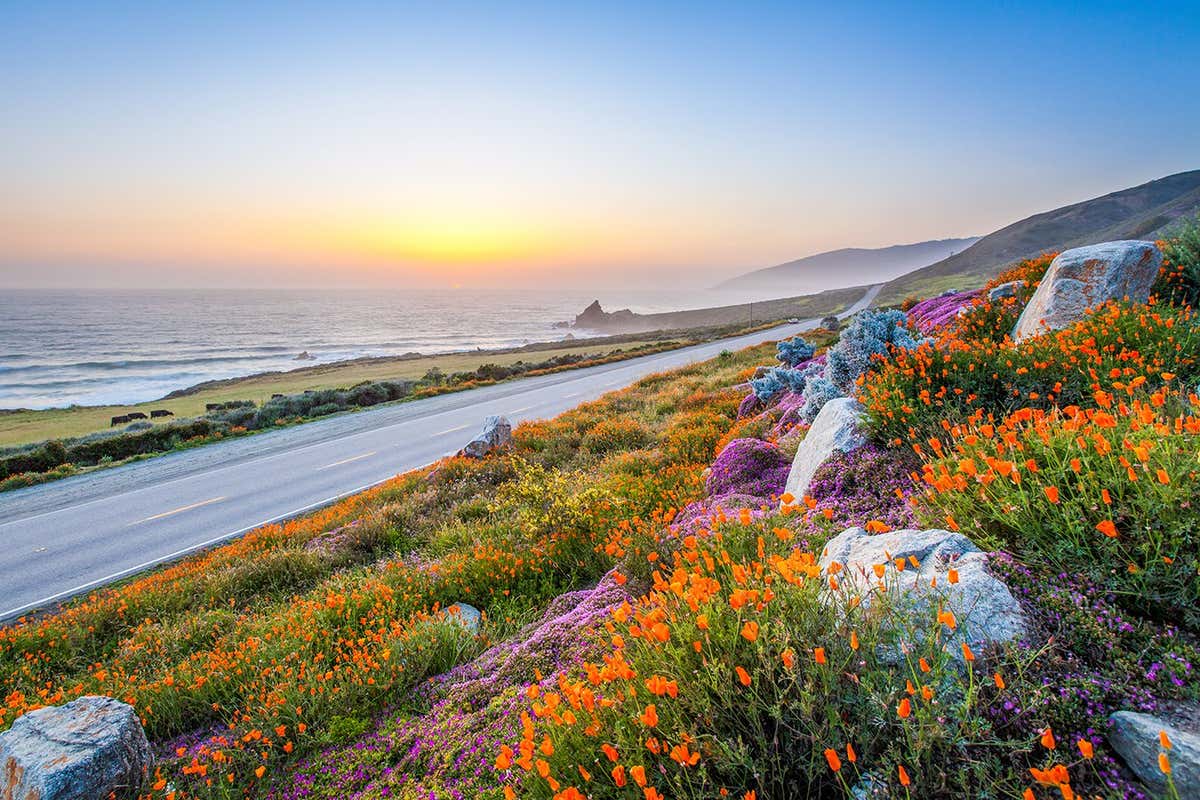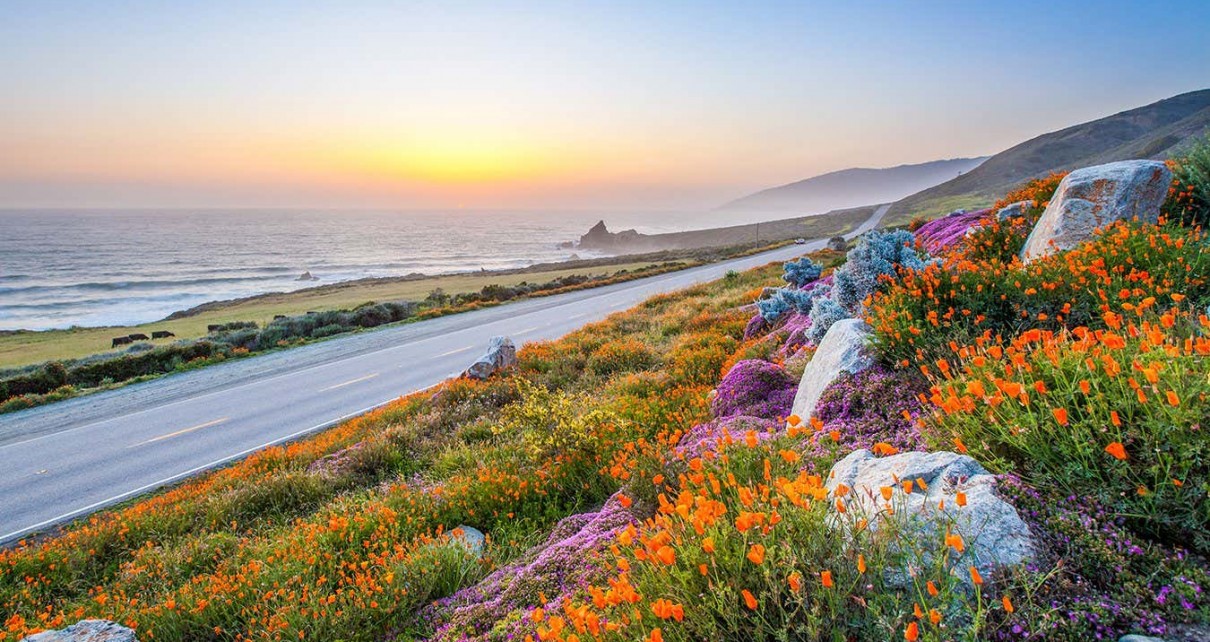[ad_1]

Wild flowers along the California coastline
Shutterstock/kan_khampanya
In an effort to better understand and protect its biodiversity, the United States is taking stock of its natural lands and waterways, and the status of the country’s wildlife. This is the first-ever nature assessment conducted across the nation, and it will help researchers and lawmakers determine how to preserve habitats and species throughout the US.
The goal of the report is “to take stock of nature and nature’s benefits,” said Phil Levin at the University of Washington in a presentation at the Ecological Society of America Conference in Oregon on 7 August. Levin is the director of the project, known as the National Nature Assessment.
It is the country’s first and biggest attempt at quantifying its natural wonders and offering a future roadmap for their protection. The report is expected to include data on different measures of the country’s biodiversity – the variety of life in the area – and predict how this may change in the face of climate change. This includes the number and distribution of a certain plants and animals, as well as stories from various communities about their experience of changes in nature around them, and the role species or places play in their lives.
In addition to detailing the status of US waterways, lands and wildlife, the report will assign economic, social and cultural value to its various natural resources. Forests, for example, provide recreational opportunities for locals and capture climate-warming carbon dioxide. Coral reefs shelter coastal areas from storm surges while also supporting fisheries.
The US, along with the rest of the world, is rapidly losing plant and animal species. Since 1970 the global abundance of vertebrates has plummeted by 68 per cent, described by scientists as a biodiversity crisis.
While many scientists are “well aware that there’s a biodiversity crisis, most of the rest of the world hasn’t really paid attention to that,” says Jane Lubchenco, the Deputy Director for Climate and Environment in the US.
The report is currently in the early stages of development and is anticipated to be released in 2026.
The effort is inspired in part by the US’s National Climate Assessment, which summarises current and future impacts of climate change on the country. Unlike previous climate assessments, however, the forthcoming nature assessment will not mandate changes. “We hope it will inform policy, but not dictate policy,” says Levin.
Topics:
[ad_2]
Source link




